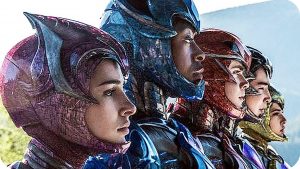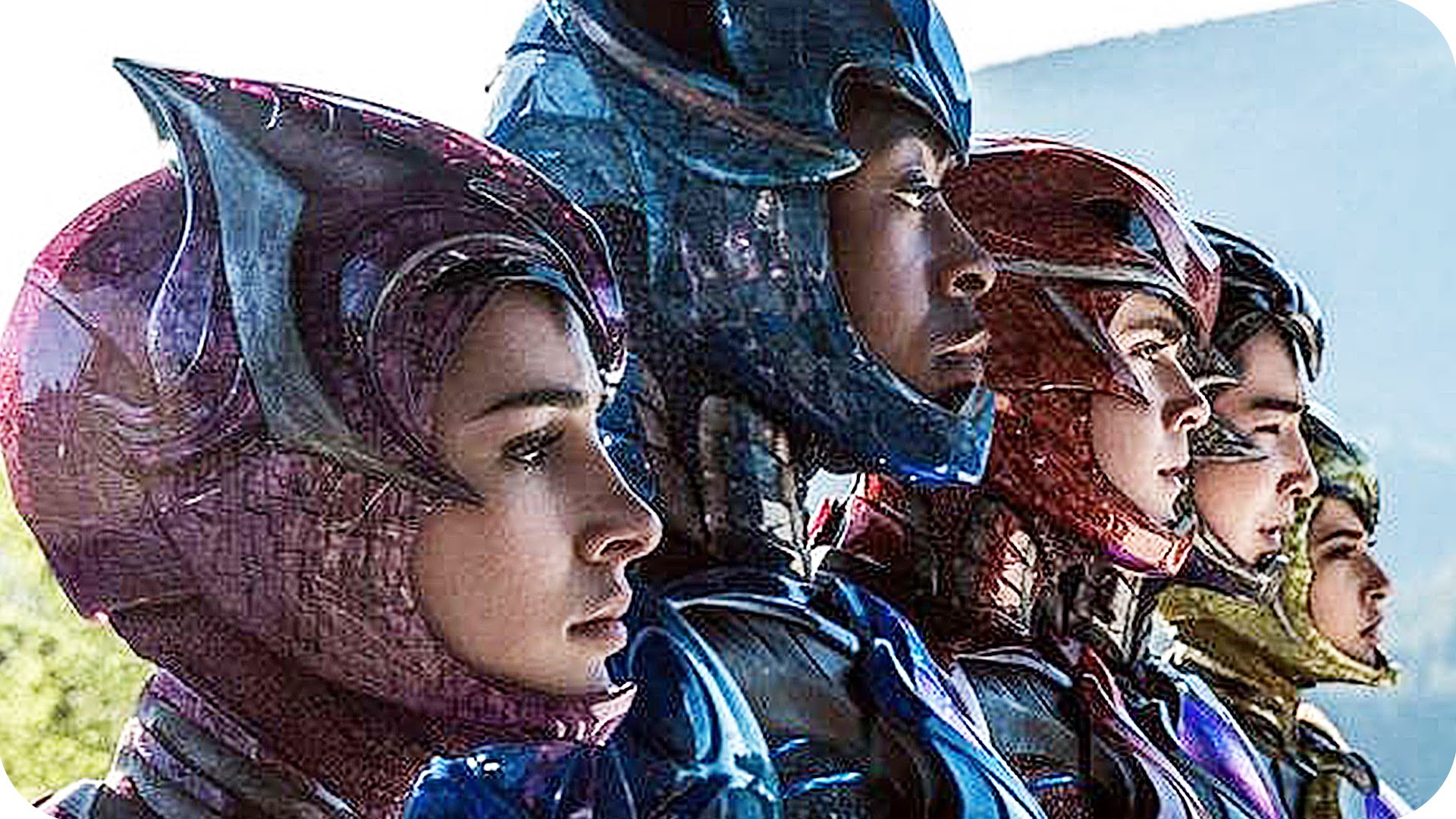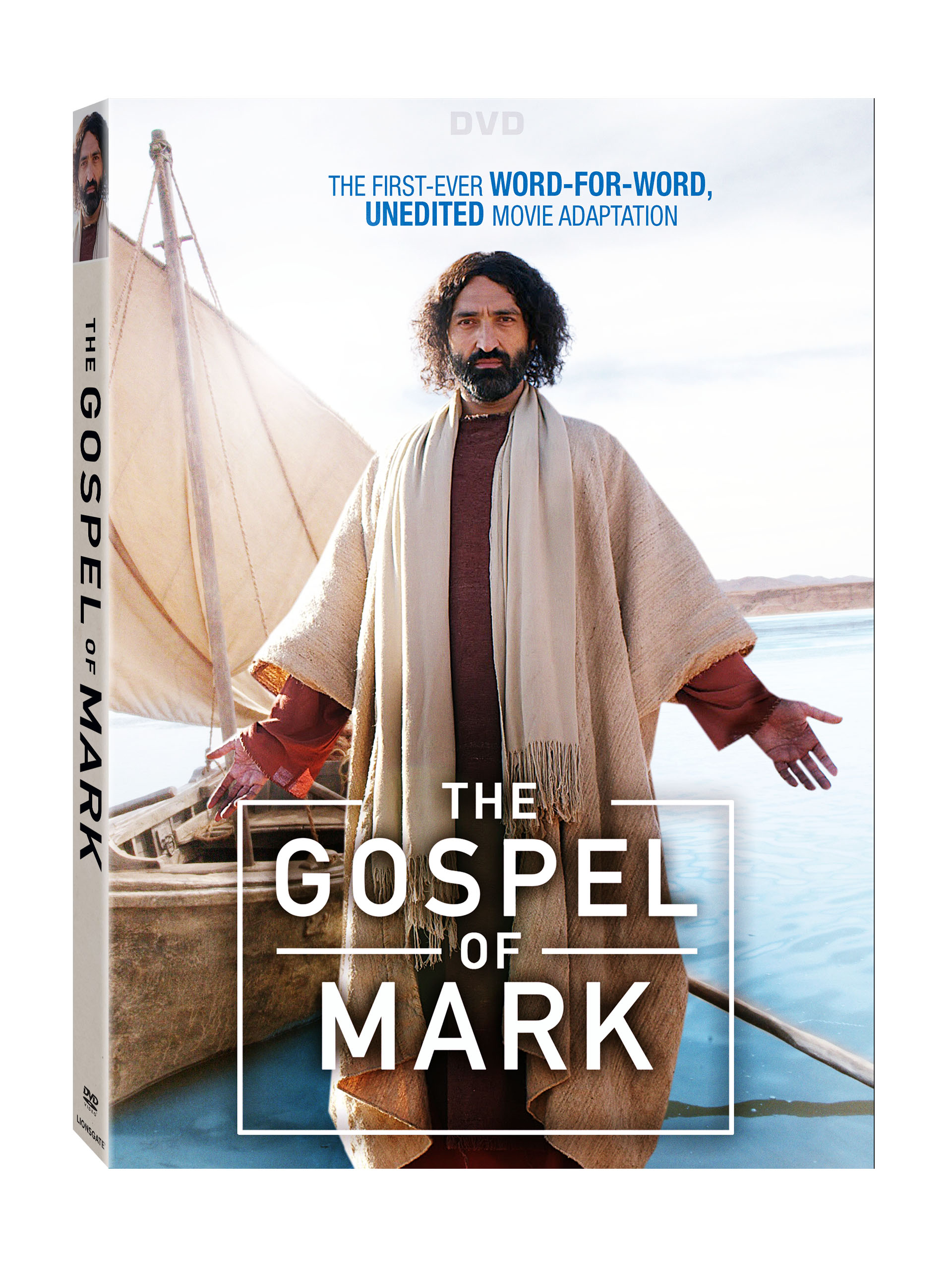Saban’s Power Rangers
Posted on March 23, 2017 at 5:28 pm
C| Lowest Recommended Age: | Middle School |
| MPAA Rating: | Rated PG-13 for sequences of sci-fi violence, action and destruction, language, and for some crude humor |
| Profanity: | Brief strong language |
| Alcohol/ Drugs: | Teen drinking |
| Violence/ Scariness: | Extended sci-fi peril and violence, some disturbing images, explosions, characters injured and killed |
| Diversity Issues: | Diverse characters |
| Date Released to Theaters: | March 24, 2017 |
| Date Released to DVD: | June 26, 2017 |
| Amazon.com ASIN: | B0727PMH49 |
 Why why why why why make the popular series for children into a PG-13 movie? Why emphasize that decision in the very first scene with a crude joke about bovine body parts? Why drag the origin story on for an hour so we don’t get to the good stuff about the powers of the Power Rangers until the movie is half over?
Why why why why why make the popular series for children into a PG-13 movie? Why emphasize that decision in the very first scene with a crude joke about bovine body parts? Why drag the origin story on for an hour so we don’t get to the good stuff about the powers of the Power Rangers until the movie is half over?
These were among the questions I pondered between glances at my watch as I slogged through “Saban’s Power Rangers,” a big-budget theatrical version of the television series created by Haim Saban (originally “Mighty Morphin Power Rangers”), based on the Japanese Super Sentai show about teen superheroes (and using some of its footage).
Our soon-to-be heroes meet in “Breakfast Club”-style detention. There is the handsome quarterback (Dacre Montgomery as Jason), the cheerleader kicked off the squad (Naomi Scott as Kimberly), the self-described crazy loner who cares tenderly for his sick mother (Ludi Lin as Zack), the nerdy guy on the autism spectrum (RJ Cyler as Billy), and the sullen new girl (Becky G. as Trini).
The blah-blah: an ancient civilization perished fighting Rita Repulsa (Elizabeth Banks), a rogue former Power Ranger who wants to destroy everything. Tens of thousands of years later, our merry band of misfits all happen upon the same power-granting “coins” of different colors (but apparently all the same powers) and learn that their job is to continue the fight, as Rita returns. Their challenge, as she gains her powers from chomping on jewelry and pulling the fillings out of the teeth of homeless people (she feeds on gold), is to learn to use their powers and work as a team (with the only white male Power Ranger as the leader), figuring out how to morph (manifest their primary color-coordinated armor/uniforms) and learning about Rita and her army of rock creatures. They also have access to some very cool Morphin Power Rangers weapon vehicles, but we don’t get enough time to really enjoy them.
Rita’s challenge is to find a last missing infinity stone, I mean crystal, hiding (I am not making this up) in a Krispy Kreme store. I’m not sure if I was the marketing department of Krispy Kreme that I would chose this form of product placement, but, to be fair, they do say the name a lot and a character does stop mid-chaotic fight for the future of the universe to eat a donut. And the Teenage Mutant Ninja Turtles already have pizza on lockdown.
This uncomfortable mixture of teen angst (Sexting! Disappointing parents!) and cartoonish violence only comes alive when Banks is on screen, clearly having way too much fun swanning around as the embodiment of evil. Bryan Cranston is wasted as an Oz-like talking head and Bill Hader does not have enough to do as a cute little android sensei. The teens are bland and forgettable. The final action sequence departs from the series’ tradition of covering the actors’ faces with the costume (making it easy for them to switch out performers who left or asked for too much money). We see their faces, but it is still hard to remember which one is who.
Long-time fans will get a kick out of glimpsing some of the original stars, hearing a bit of the show’s theme song, and a couple of inside references. But that doesn’t make up for a Power Rangers film that is sadly lacking in any narrative or emotional energy.
Parents should know that this film includes extended sci-fi peril and violence with characters injured and killed, explosions, guns, a character impaled, some disturbing images, brief strong language, teen drinking, and crude sexual humor.
Family discussion: Why was it difficult for the Power Rangers to learn how to morph? Why were the Power Rangers all kids who had gotten into trouble?
If you like this, try: the television series and the “Transformers” movies



